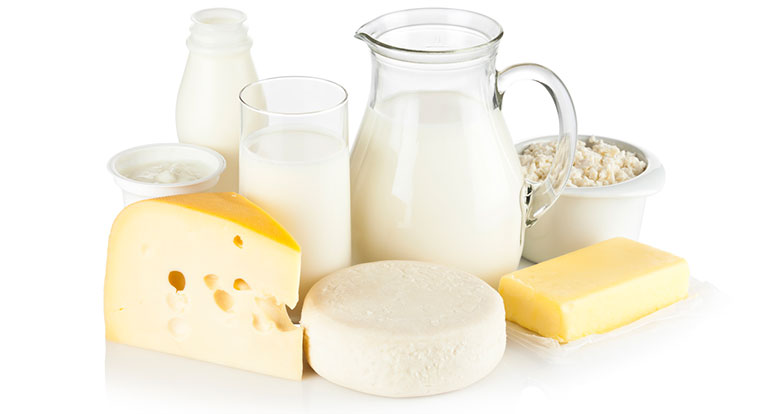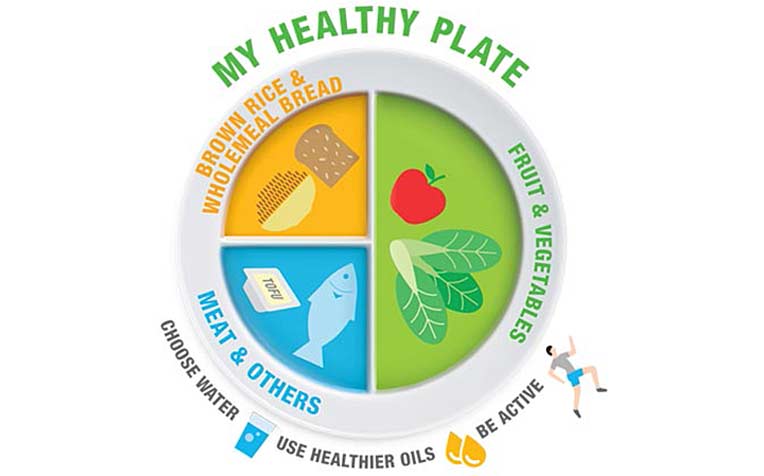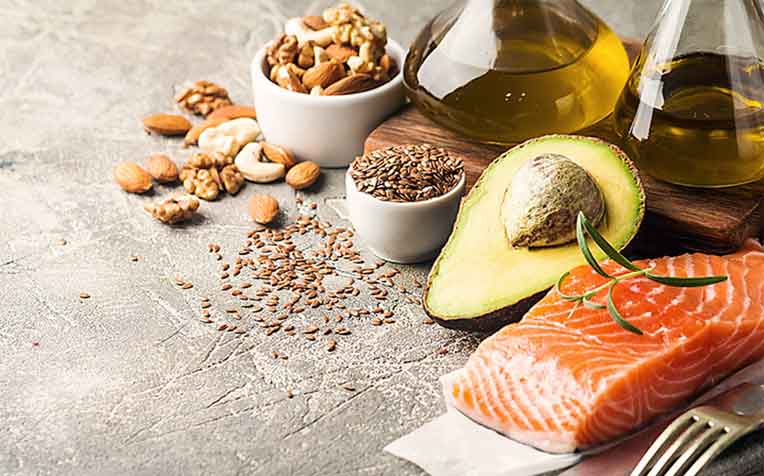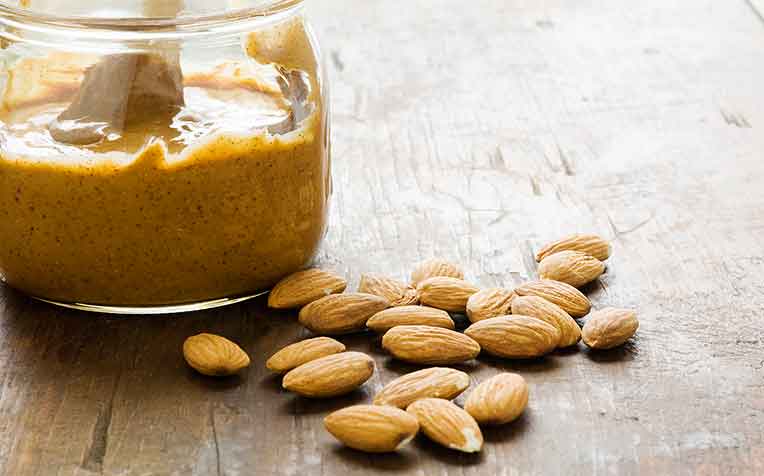Certain foods may help alleviate menstrual cramps (period cramps). Dietitian Ethel Lim, from the Nutrition and Dietetics Department at KK Women's and Children's Hospital (KKH), shares what these foods are.
A normal menstrual cycle should last between 21-35 days and averages 28 days (counting from the first day of menses to the first day of the next menses). Bleeding should be for no longer than 7 days.
Menstruation symptoms include:
- Bloating
- Water retention
- Poor concentration
- Irritability
Foods that help ease menstrual cramps
"While painkillers may be effective in eliminating any pains, there are five foods that have been found to help alleviate menstrual woes, although more thorough research is still required," says Ethel Lim, Dietitian from the Nutrition and Dietetics Department at
KK Women's and Children's Hospital (KKH), a member of the
SingHealth group.
1) Calcium
Calcium is found to reduce cramp pains, reduce bloating and water retention. Calcium is present in substantial amounts in:
- Dairy products such as milk, yogurt and cheese
- Fish with edible bones, and
- Calcium-fortified soy milk, beancurd/tofu

2) Fibre
Fibre maintains regularity of bowel movements, thus making you feel less bloated. Aim for two servings of fruits and vegetables daily and opt for wholegrain products (refer to the HPB My Healthy Plate diagram below for portions). To prevent constipation, do not forget to increase your fluid intake too!

3) Magnesium
Magnesium is found to reduce symptoms such as headaches and cramps. Magnesium can be found in foods such as:
- Dark chocolate
- Avocados
- Dark green leafy vegetables
- Almonds
- Wholegrain products (see below)

4) Omega-3 fatty acids and Vitamin B12
Used in combination, Omega-3 fatty acids and vitamin B12 have been found to be more effective than just having adequate omega-3s alone. Some good options to consider including in your diet before your period are:
- Seafood
- Eggs
- Flaxseeds
- Walnuts
- Chia seeds

5) Vitamin E
For reduction in menstrual pains, studies that have shown improvements included up to 500 IU of vitamin E daily. Foods that are high in vitamin E include:
- Wheat germ
- Dry roasted sunflower seeds
- Almonds
- Peanut butter

Ref: M19
Check out our other articles on menstruation
Premenstrual Syndrome (PMS): Link Between Oestrogen and Mood
Premenstrual Dysphoric Disorder (PMDD): When PMS Gets Severe
Menstrual Disorders: Premenstrual Syndrome (PMS)
Menstrual Disorders: Manage Your PMS Symptoms
Menstrual Disorders: Painful Periods
Menstrual Disorders: Irregular Periods
Heavy Periods (Menorrhagia): Symptoms and Causes
Heavy Periods (Mennorrhagia): Diagnosis and Treatment
Menstruation Pains and What They Mean
